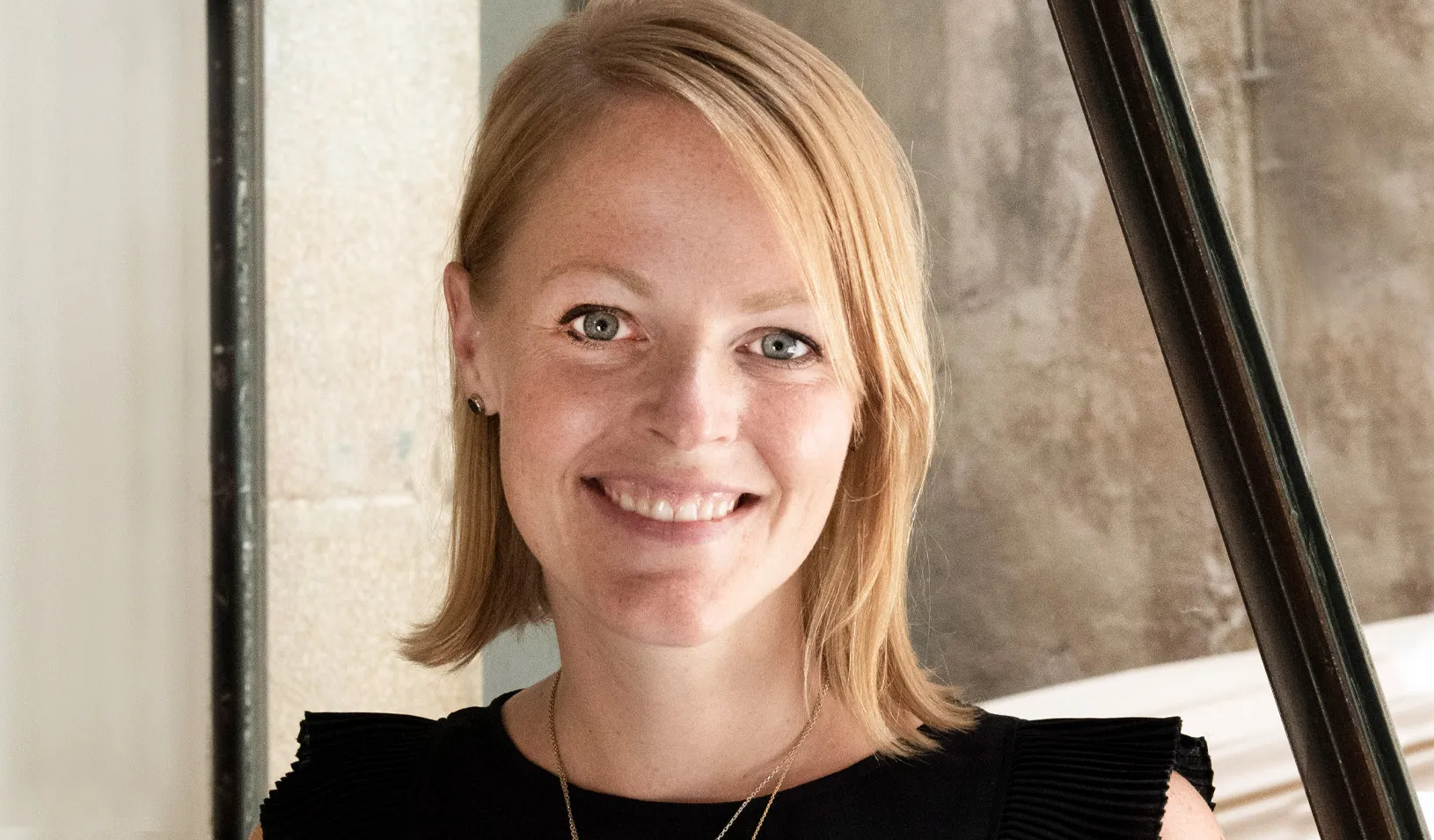Our Commitment to Diversity, Equity, and Inclusion
With new data, pilot programs, and lots of listening, Stanford GSB will build on existing efforts to promote a culture of diversity, equity, and inclusion.
October 08, 2019

MBA students gather together at the Knight Management Center. | Elena Zhukova
Stanford Graduate School of Business today announced a school-wide commitment to diversity, equity, and inclusion, reinforcing its pledge to promote these values and cultivate a culture based on openness, fairness, and respect. This aligns with Stanford’s stated goal of advancing human welfare in a rapidly changing society.
“At Stanford GSB, we believe we will best enact this mission when all members of our community are able to leverage the experiences and ideas of others, embrace different viewpoints, feel that they belong, and know that their contributions are valued,” said Senior Associate Dean Sarah A. Soule, Morgridge Professor of Organizational Behavior, who is responsible for overseeing diversity, equity, and inclusion.
A new section of the website, Diversity at Stanford GSB, highlights relevant activities, programs, research, and stories about this diverse and passionate community. This commitment reflects a university-wide effort known as Stanford’s Inclusion, Diversity, Equity, and Access in a Learning Community Initiative. Stanford GSB’s data is now reported in the newly launched IDEAL Dashboard.
‘Future of Leadership’
“Since its inception, Stanford GSB has been dedicated to excellence – and we believe wholeheartedly that our continued excellence depends on advancing diversity, equity, and inclusion,” said Stanford GSB Dean Jonathan Levin, Philip H. Knight Professor.
In addition, Stanford GSB announced a newly released Annual Diversity, Equity, and Inclusion Report, which points out the many statistics around which change can be galvanized. For example: Among Fortune 500 CEOs, just 6.6% are women and less than 1% are African-American. Similar disparities exist among managing partners at consulting firms, leading investors, VC-backed entrepreneurs, chairs of corporate boards, and senior faculty at U.S. business schools.
The comprehensive document offers goals and a plan of action while also describing Stanford GSB’s existing activities and programs on these issues, some of which are grassroots-driven and often inspired by Stanford values and efforts. For 2020, Stanford GSB will focus on five key goals:
- Increase the diversity of our Stanford GSB community
- Create an inclusive classroom and learning experience
- Create an inclusive and welcoming campus community
- Empower and support communities underrepresented in our efforts to date
- Support new research efforts
Next year’s diversity, equity, and inclusion report will share out on results and progress in these areas of focus.
Soule led the development of the report and will lead future iterations. She also reaffirmed the school’s commitment in a video that speaks to the school’s goals and the challenges of creating sustainable change. Lori Nishiura Mackenzie, cofounder of the Stanford VMware Women’s Leadership Lab and former executive director of Stanford Clayman Institute for Gender Research, joins Stanford GSB as the lead strategist for the school’s diversity, equity, and inclusion efforts.
Pilot Programs, Grassroots
The Diversity, Equity, and Inclusion report describes ongoing pilot programs such as:
On diversity, Stanford GSB recently implemented changes in new faculty recruiting procedures to enhance diversity candidate pools and interview slates. In addition, the school created new interview processes to mitigate bias, while also expanding the faculty pipeline. For students, Stanford GSB is committed to increasing the diversity of the student population by, for example, expanding access to degree programs and implementing programs that increase public speaker and classroom guest speaker diversity.
Other new pilot programs involve increasing faculty and staff engagement, offering diverse and inclusive professional development, redesigning the Stanford Executive Program, and redefining the language of case studies, among others.
Collectively, school-wide efforts have already resulted in successful programs on diversity, equity, and inclusion issues, such as the Stanford Women on Boards Initiative, Women’s Circles, LGBTQ Executive Leadership Program, Executive Program for Women Leaders, Asian American Executive Program, Stanford Latino Entrepreneurship Initiative, and Diverse By Design, among others.
Partnering with and leveraging the support of our highly engaged Stanford GSB alumni networks is also critical. The school is committed to the growth and success of its alumni diversity chapters — Asian Alumni, Black Alumni, Latino Alumni, and GSB Pride — which routinely interface with current students.
Advancing Our Work
As it moves ahead, Stanford GSB pledges to continue its tradition of listening to community members and will continue to frame issues based on a deep understanding of the collected data, evidence, and overall feedback. Pilot programs will be evaluated on results and progress, and positive stories and progress will be widely shared with the community. It’s important to communicate with networks at Stanford and beyond about the school’s progress on diversity, equity, and inclusion. This is the start of the conversation; therefore, we welcome ideas and input, recognizing there is much work to be done.
For media inquiries, visit the Newsroom.
Explore More
Erin Nixon Joins Stanford GSB as Assistant Dean of Admissions

Nia Rose Froome, MBA ’23: Making Local, Fresh Food Available for All

New Research Fund Promotes Responsible Leadership for the Next Century
